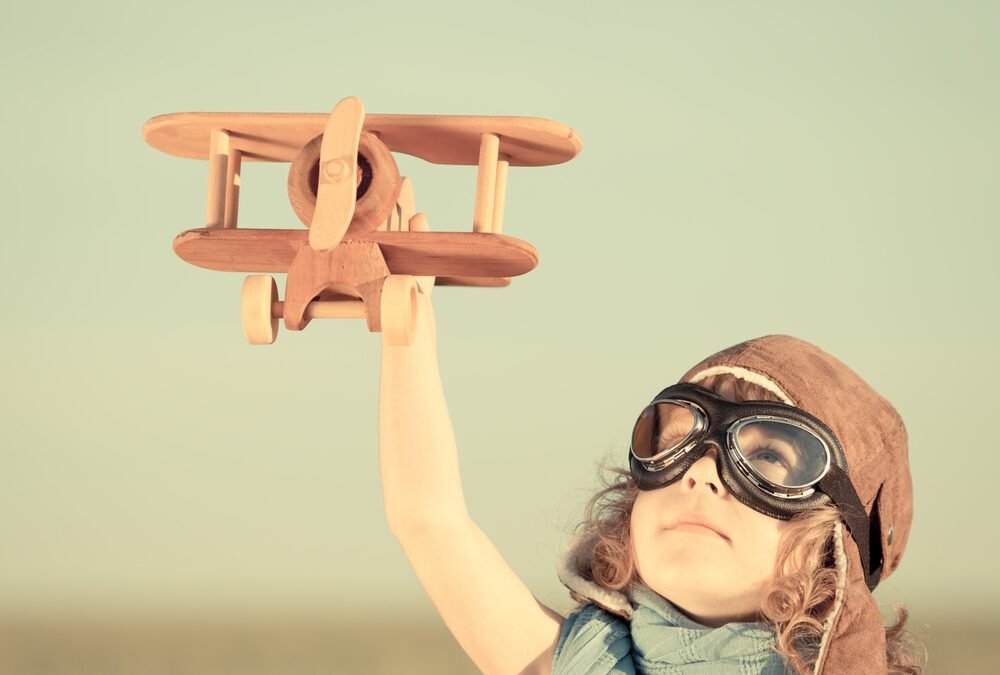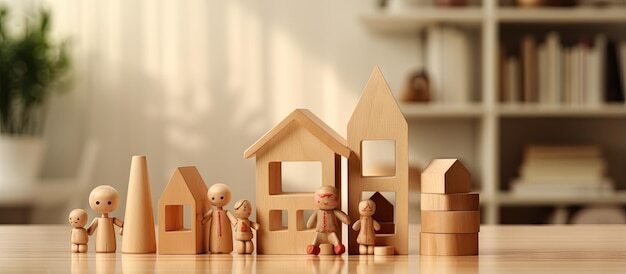Wooden toys are a favorite among parents because they last a long time, are good for the environment, and never go out of style.. But, the important question is: Are wooden toys safe for babies? While wooden toys can be a great option, it’s essential to ensure they are safe for your little one. Let’s look at the key factors that make wooden toys safe and how to choose the best ones for your baby.
Non-Toxic Paint and Finishes
When buying wooden toys for babies, it’s important to check the materials used in the toy’s finish. Many wooden toys are painted with colors or varnishes. You should make sure these paints are safe for babies and free from harmful chemicals. Babies often put toys in their mouths, and if the toy is painted with harmful chemicals or lead-based paints, it can be dangerous.
Always look for wooden toys that are painted with non-toxic, lead-free paints. Trusted brands usually use natural finishes like beeswax, vegetable oils, or water-based paints, which are safe for babies. These non-toxic paints protect the wood and make sure your baby is not exposed to harmful chemicals while playing.
If you prefer a more natural option, choose wooden toys with untreated wood, which don’t have any synthetic coatings. This is a safer choice for babies who like to chew or suck on their toys.
Smooth Edges
Another important thing to check when buying wooden toys for babies is the smoothness of the edges. Babies often put toys in their mouths, especially when they are teething. Toys with sharp or rough edges can hurt your baby’s sensitive skin or mouth.
Make sure the toys are well-sanded with no sharp or rough areas. Trusted brands usually take extra care to smooth out every edge, ensuring they are safe for your baby. Some wooden toys even have rounded edges and corners, which help prevent accidental bumps or injuries.
Size and Design
When choosing wooden toys for babies, size and design are important to make sure they are safe. Toys that are too small can be a choking hazard, especially for babies under three years old, who often explore by putting objects in their mouths.
To avoid choking risks, choose wooden toys that are large enough so they can’t be swallowed. For example, blocks or figures should be big enough that they can’t fit into your baby’s mouth.
Additionally, some wooden toys have small, removable parts that could break off and be swallowed. These are okay for older children but not for babies. Always check that the design is simple and sturdy, with no small parts that can come loose.
Certification
One way to be sure that wooden toys for babies are safe is by looking for safety certifications. Safety certifications like EN71 (European Safety Standard) or ASTM F963 (US Consumer Product Safety Standard) tell you that the toy has passed safety tests.
These certifications guarantee that the toy is free from harmful materials and meets safety requirements. By choosing wooden toys with these certifications, you can feel confident that the toy has been thoroughly tested for safety.
Additionally, some brands follow eco-friendly production methods, which is great for both your baby’s safety and the environment. For more wooden toys to buy click here.
Conclusion
In conclusion, wooden toys for babies can be safe and enjoyable if you take the right precautions. The safety of the toy depends on the materials used, its design, and the attention to detail in its construction. Always choose toys that are made with non-toxic paints, have smooth edges, are the right size, and come with safety certifications.
When buying wooden toys safe for babies, look for trusted brands that follow safety standards and produce high-quality toys. By keeping these tips in mind, you can confidently pick toys that are not only safe but also fun, educational, and eco-friendly. Wooden toys provide babies with hours of creative play and developmental benefits, and they are a safer, more sustainable alternative to plastic toys.






